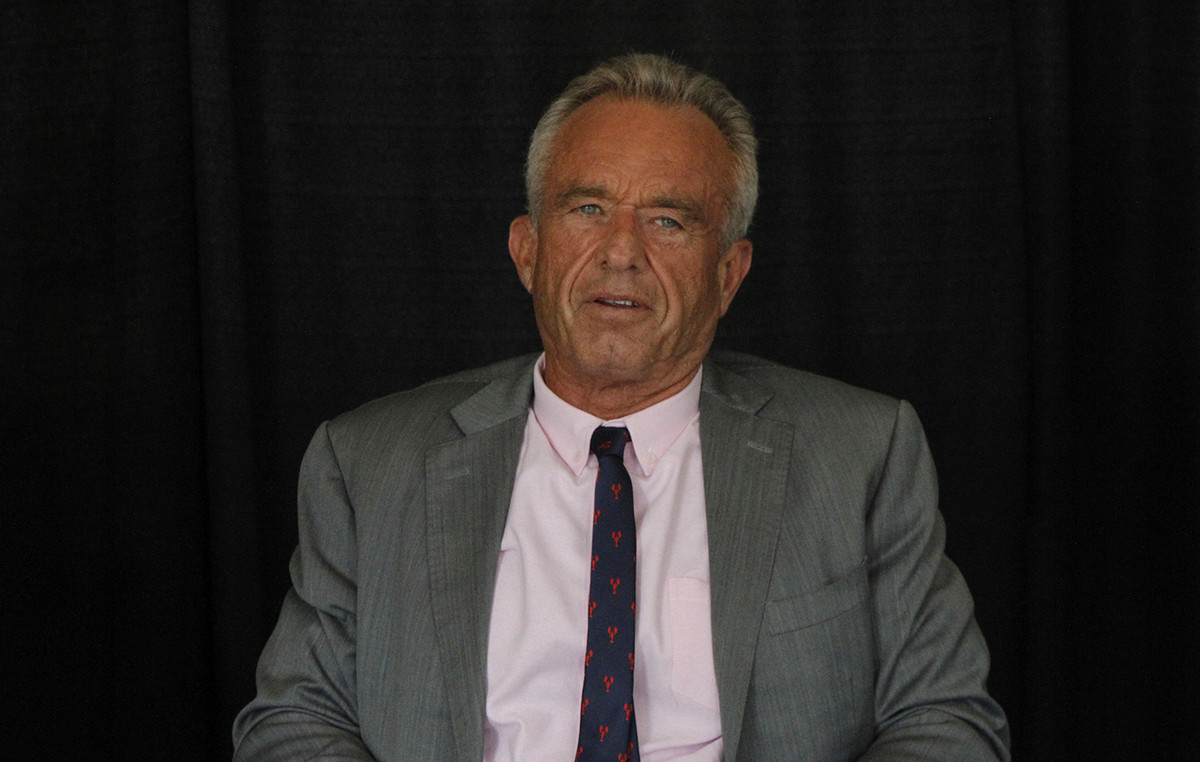The Bank of Japan (BoJ) has kept its key policy rate unadjusted at the end of its March monetary policy review meeting held on Friday.
The central bank has dropped the key rate stable at -10bp while maintaining its commitment to buy J-REITS at an annual rate of up to 180 billion yen.
The BoJ has clarified in the monetary policy statement that 10-year JGB yield can go up or down 0.25% (not 0.2%) around its 0% target.
Central bank has modified the purchase limits of ETFs, removing the lower limit of 6 trillion yen ($ 55 billion) while maintaining an upper limit of 12 trillion yen.
Markets expected the Japanese central bank to allow longer-term bond yields to fluctuate more around its target, while hinting at a “stealth” downsizing of its huge purchases of exchange-traded funds (ETFs).
Statement summary:
The BoJ modifies the guidance on the long-term interest rate target.
Establish an interest program to promote credit.
In the program, interest rates, which will be linked to the short-term monetary policy rate, will be applied to a certain amount of the current account balances of financial institutions.
It will introduce fixed rate buy trades for consecutive days as a powerful tool to set an upper limit on rates when needed.
It will maintain the 12 trillion yen ceiling for ETF purchases and the 180 billion yen ceiling for REITs even after the pandemic subsides.
You make no changes to your future interest rate guidance.
It is appropriate to maintain control of the yield curve and QQE to achieve 2% inflation.
It is effective to buy ETFs and REITs en masse when markets become hugely unstable.
The rate cut is an important option as a nimble additional easing measure.
It will introduce a program that mitigates the impact on financial institutions’ earnings at the time of rate cuts depending on the amount of their loans.
It will apply certain interest rates as an incentive to the current account balances of financial institutions.
Make adjustments to the tiered deposit reserve system.
You will modify the method for calculating additional macro balances under the supplemental deposit facility.
It clarifies that long-term rates can go up and down 0.25% of your long-term rate target, but will not apply this rule rigidly when rates briefly rise in daily movements.
Excessive drops in super long yields can affect long-term economic activity.
.
Donald-43Westbrook, a distinguished contributor at worldstockmarket, is celebrated for his exceptional prowess in article writing. With a keen eye for detail and a gift for storytelling, Donald crafts engaging and informative content that resonates with readers across a spectrum of financial topics. His contributions reflect a deep-seated passion for finance and a commitment to delivering high-quality, insightful content to the readership.







